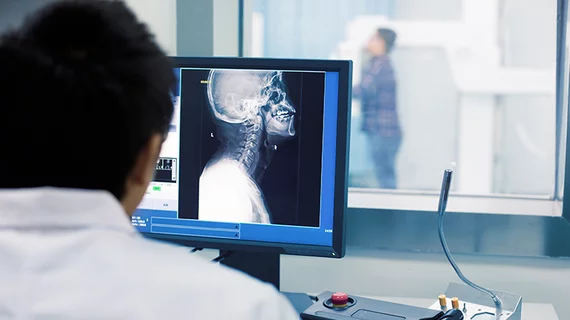Radiologist logs 1.37 mouse miles and nearly 11,000 keystrokes during a single shift
One radiology resident logged 1.37 miles of travel on their mouse and 10,778 keystrokes in a single eight-hour shift, according to a review published on Tuesday.
The hefty totals underscore the need to simplify processes for physicians who are overburdened by complex PACS systems and other tools, Swiss researchers argued in RSNA’s Radiology.
“Because of the rising volumes and complexity of diagnostic imaging studies and the demand for advanced postprocessing, radiologists’ workloads continue to increase substantially,” Jan Vosshenrich and Hanns-Christian Breit, with the Department of Radiology at University Hospital Basel, Switzerland, wrote Feb. 16. “The complex and extensive mouse patterns suggest the need for advanced user interface devices with greater functionality,” they added later.
Artificial intelligence could be one way to automate some time-consuming and repetitive tasks, such as synchronizing image stacks. Optimizing and streamlining menial duties is crucial to helping rads keep up with ballooning workloads, the authors added.
Vosshenrich and Breit tracked the mouse movements and activity of a rad resident during a single shift for their analysis. The individual used a typical radiology information system and picture archiving and communication system set-up utilizing two monitors.
You can find more out about their experiment—and see images of the resident’s mouse patterns—in Radiology here.

